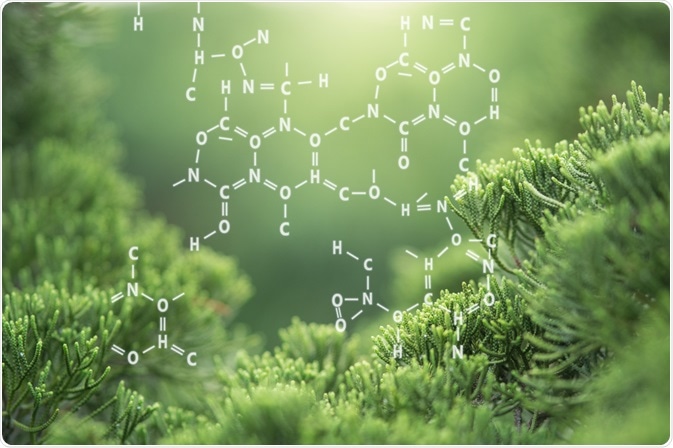Matrix-assisted laser desorption ionization time-of-flight (MALDI-TOF) mass spectrometry is a soft ionization method used in the detection of various chemical compounds with a broad mass range.

Marchu Studio | Shutterstock
Advantages of MALDI in organic chemistry
Using MALDI-TOF, researchers can quickly and accurately determine polymer, protein and nucleic acid masses. They can also analyze and resolve complex assortments of smaller peptides and oligonucleotides. Both high-mass and small molecules can be quantified and detected.
Recently, MALDI-TOF mass spectrometry has been applied to organic chemistry. “Soft” ionization mass spectrometry, low (or non-existent) solvent usage and simplified cleaning steps are highly advantageous when analyzing sensitive compounds and organometallic complexes.
Matrix of choice for small molecular organometallics
Selecting an adequate matrix for analyzing organometallic compounds is very important. Protic matrices are not the best choice in case of organometallic compounds that are sensitive to protons.
2-[(2E)-3-(4-tert-butylphenyl)-2-methylprop-2-enylidene] malononitrile (usually abbreviated as DCTB) is a neutral matrix and currently the best choice to analyze organic and organometallic compounds by using MALDI TOF mass spectrometry. DCBT is a potent electron-transfer agent that promotes ion formation at reduced threshold laser influence, which subsequently leads to extremely “clean” mass spectra without unwanted decomposition of the analyte.
DCBT is, however, sometimes limited primary or secondary apiphatic amino groups containing compounds and additional precaution in such cases.
Inert-atmosphere charge-transfer ionization MALDI TOF mass spectrometry
In mass spectrometry analyses, most systems have no facility for sample protection, and air sensitive samples may decompose. To solve this problem, a MALDI-TOF mass spectrometer can be connected directly to a glovebox, bringing both sample preparation and introduction inside the inert atmosphere.
This is known as inert-atmosphere charge-transfer ionization (CT) MALDI TOF mass spectrometry, which is highly complementary to electrospray ionization mass spectrometry, and enables the analysis of neutral, insoluble and charged metal complexes with negligible perturbation. Elemental sulfur and flavonoids can be used as matrices for such applications.
Using MALDI-TOF to probe chemical transformations
Alongside small molecular organometallics and polymers, MALDI-TOF mass spectrometry can also be used to monitor and study polymerization reactions. The obtained spectra can give information not only about the molecular weight distribution and polydispersity index of the polymers, but also reveal the properties of repeat units and end groups.
The microfluidic system can be used in conjunction with MALDI-TOF mass spectrometry to optimize organic reaction conditions on a submicrogram level. Reactions can be characterized quantitatively or semi-quantitatively, resulting in the possible evaluation of reaction efficiency by MALDI.
In conclusion, MALDI-TOF mass spectrometry technology provides information and knowledge to further the field of organic chemistry research. Coupling gel permeation chromatography with MALDI-TOF mass spectrometry can be widely employed for polymer characterization.
Further Reading
Last Updated: Jul 21, 2023